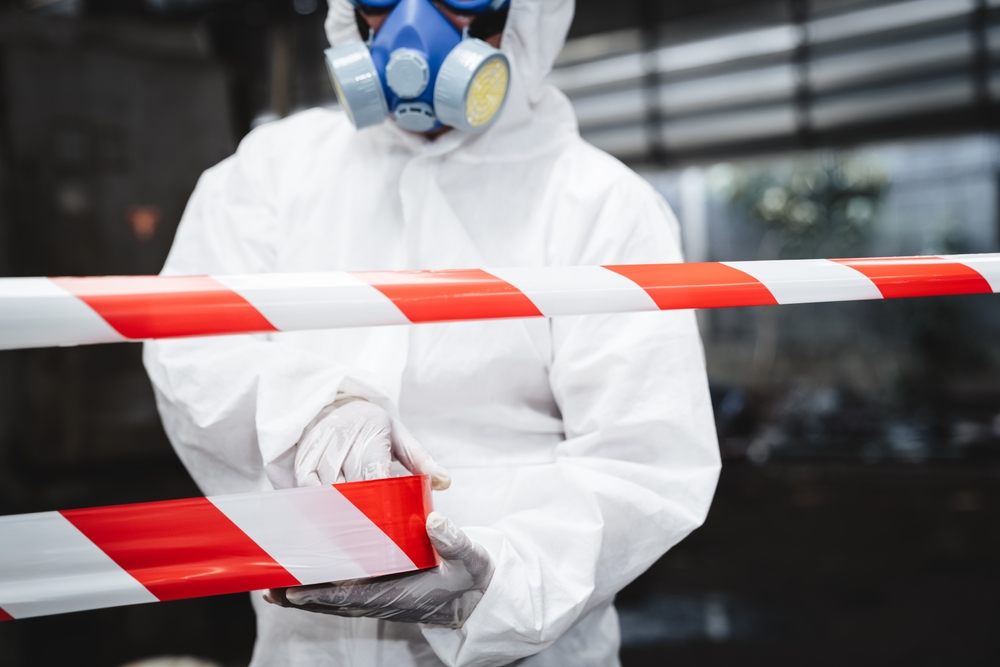Amendments to the OHS Regulation on Emergency Procedures for Hazardous Substances
What you need to know!
WorkSafeBC approved amendments to the OHS Regulations regarding Emergency Procedures for Hazardous Substances. These amendments went into effect on February 3, 2025. WorkSafeBC has provided additional support and guidelines for these changes.
The goal of these amendments is to ensure that workplaces across BC have an adequate and appropriate emergency response plan relating to the hazardous substances and chemicals they may have on-site or an emergency arising outside their workplace. These amendments will affect any facility that uses any hazardous substances—whether they relate to the manufacturing or processing of items, or even if they are used to clean a facility.
What does that mean for BC employers?
Here are some considerations to help ensure that your emergency response plan is updated and adequately meets these new regulations:
- “OHS Guidelines will clarify that, although both the terms “hazardous substance” and “emergency” should be interpreted very broadly, employers only need to plan for those emergencies that can reasonably be anticipated.” (WorkSafeBC Backgrounder: Emergency Procedures for hazardous materials – published Nov 2024)
- Manufacturing Safety Alliance of BC advisors are here to help you. Connect with an advisor to learn more about the specifics of what you need to update your policies and programs.
- For reference,
Some key changes:
Employers are now required to develop a written Comprehensive Emergency Response Plan (ERP) that includes:
- An inventory of all hazardous substances present in quantities that may endanger individuals during an emergency. (attached excel sheet template)
- A risk assessment evaluating potential emergencies involving these substances.
- Detailed emergency procedures outlining roles, responsibilities, and actions to minimize risks.
- A program for regular training and drills to ensure preparedness.
The development, implementation, review, and updating of the ERP must be conducted in consultation with workers, which may include:
- The joint health and safety committee,
- The worker health and safety representative, or
- If neither exists, the workers at the workplace.
Employers must perform regular reviews and updates and, if necessary, update the ERP with the following wording:
- At least annually.
- Whenever there is an emergency that causes or has the potential to cause serious injury, illness, or death.
- When significant changes in workplace circumstances occur that pose new risks.
- If there is reason to believe that the current risk assessment is no longer valid.
Employers are required to provide training and conduct annual drills: :
- Provide workers with training on known and foreseeable emergencies and associated hazards.
- Conduct drills at least annually and after any significant changes to the ERP to ensure effectiveness and worker familiarity with their roles.
- Maintain records of each drill, including details such as the date, time, participants, effectiveness, and any necessary corrective actions.
Steps for compliance:
- Create or maintain a detailed inventory of hazardous substances, including information on their properties, storage locations, and potential health effects.
- Conduct thorough risk assessments to identify potential emergencies involving hazardous substances and evaluate the effectiveness of existing control measures.
- Develop clear emergency procedures for:
- Notifying relevant individuals about emergencies (This includes notifying all people who may be impacted, including people beyond the workplace should if the risk extends beyond your workplace and into the community.)
- Evacuating or protecting persons at the workplace.
- Preventing access to hazardous areas.
- Confirming the safety of all individuals during an emergency.
- Implement a program to train workers on emergency procedures and conduct regular drills to ensure preparedness.
For a comprehensive overview of these amendments and to assist in preparation, contact any member of the Manufacturing Safety Alliance of BC’s services team or email [email protected].



